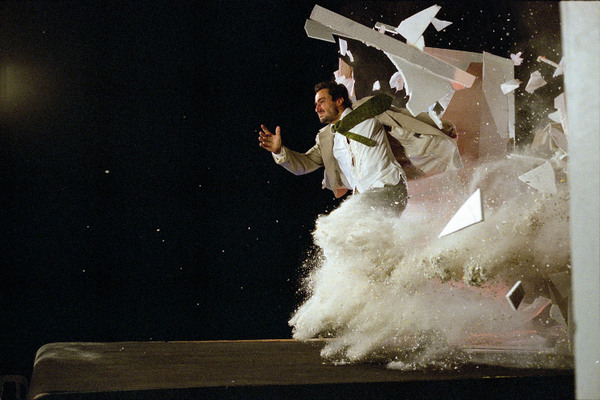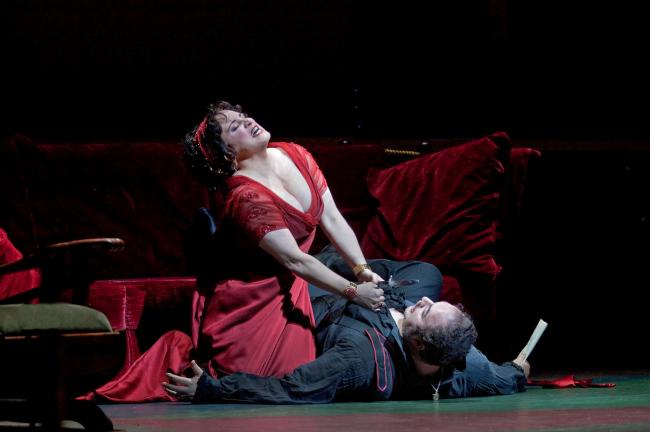On November 26th, we went to go view the Complexions Ballet at the Joyce Theater. Prior to our seeing the performance, Professor Eversley discussed with us some background information about dance and what we would see at Complexions, which fell under the category of contemporary dance. When we got to the theater I was shocked at the seat we received which was in the first few rows. From all the live performances that I have attended (which is not many) I have never been that close to the stage. The performers were incredible and I can only imagine how much rehearsing, practicing and physical endurance the dancers had to put their bodies through to perform that flawlessly and be able to move in certain positions like that. As I watched the performance I began to take notice on what we discussed in class and how Complexions ballet and contemporary dancing was very different from traditional ballet, which is what we think of when we hear the word ballet. The performers here were very mobile and and in terms of technique, there was a lot of strong leg movements. Sitting so close, we also were able to see the sweat flying off their bodies as they danced. Along with that, with every dance piece that was performed, the dancers poured their hearts out and give the audience 110% of their effort. I could really feel the passion and tension of the performers based on their body language. Overall, Complexions was an incredible performance and an experience I will always remember







.jpg)








